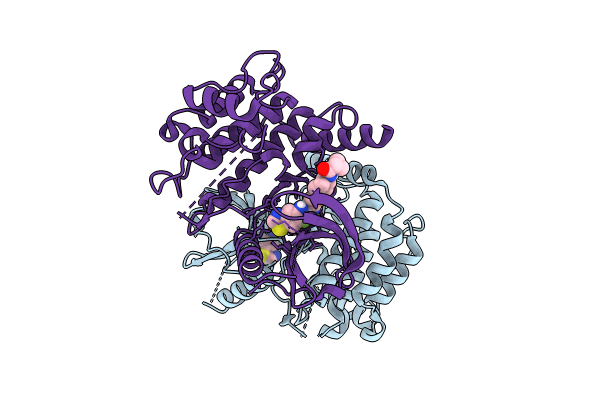
Deposition Date
2023-11-10
Release Date
2024-11-13
Last Version Date
2025-08-06
Method Details:
Experimental Method:
Resolution:
2.26 Å
R-Value Free:
0.25
R-Value Work:
0.21
R-Value Observed:
0.21
Space Group:
P 21 21 21


